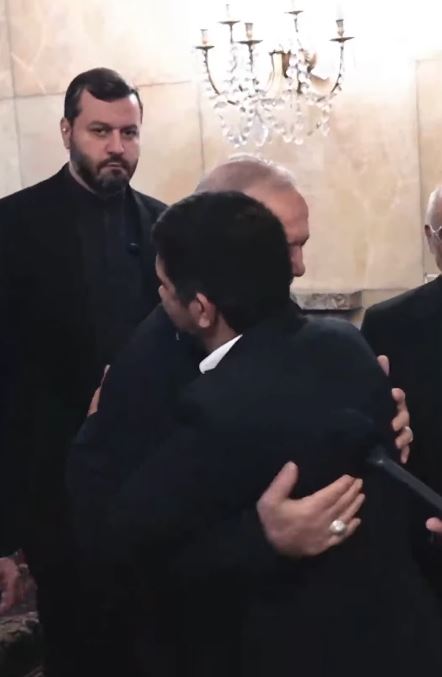Iran is confronting an unprecedented water crisis that some experts warn could prove more destabilising than conflict or sanctions. President Masoud Pezeshkian has cautioned that Tehran, a city of around 10 million people, may soon face evacuation if rainfall does not arrive, as the capital’s reservoirs reportedly hold only days’ worth of drinking water. Other major cities, including Mashhad, are facing similarly dire shortages, with national authorities confirming that many of the country’s major dams are close to running dry. Even the ancient site of Persepolis is under threat, as archaeologists warn the depleted aquifer beneath it may cause parts of the historic complex to collapse.
++ Meet the hare – the UK’s true speed champion
While climate change has sharply reduced rainfall in recent years, Iranian scientists and former officials argue that decades of mismanagement have left the country dangerously exposed. Rapid, unplanned urban expansion in Tehran has placed unsustainable pressure on natural resources, and long-standing overuse of groundwater has drained aquifers that once acted as reserves during dry periods. Pezeshkian has openly criticised past policies, arguing that the capital’s infrastructure no longer supports its population and suggesting that some major institutions may need to relocate. Critics, however, accuse him of exaggerating the crisis, noting the scale of any potential evacuation would be logistically unfeasible.
Amid growing public frustration, water rationing has already begun. Some universities have restricted access to showers, and officials are considering reducing water pressure to zero overnight. Residents in poorer districts report that taps are already close to running dry, while wealthier neighbourhoods in the north of Tehran say the impact remains limited. Scientists warn that Iran is now in its sixth consecutive year of drought, far beyond previous cycles, leaving both surface water and groundwater at critically low levels. Despite years of warnings from environmental experts, past governments often dismissed calls for reform, with some critics even facing allegations of foreign interference.
++ Lucy Powell challenges Starmer after deputy leadership victory
As the crisis deepens, questions are being raised in parliament, universities, and the national press about the authorities’ long-term planning. Commentators argue that years of overlooking scientific advice have left Iran vulnerable to a foreseeable disaster, with the public now bearing the burden of emergency measures. Although Pezeshkian insists his government is being transparent, analysts say much now depends on rainfall and the ability of the state to manage public expectations. Whether or not Iran’s political system is directly threatened, many believe nature may ultimately exert more pressure on the regime than foreign adversaries ever could.





